
9 things you must eat and drink in Hoi An, food capital of Vietnam – coffee, an Anthony Bourdain-approved sandwich, dumplings, noodles and more
- We visit Vietnam’s food capital, Hoi An, for a taste of some of the city’s specialities, a lesson in how to cook them – and advice about a linguistic faux pas
- Among the dishes we sample: the Ancient Town’s white rose dumplings and signature noodles, chicken rice, a sandwich the late chef Anthony Bourdain raved about
Mimi Tran Thi My pulls apart a couple of fresh mint leaves and takes a whiff before passing them around. “Good for your mojito, right?” she says.
She is hosting a class run by the Red Bridge Cooking School, and keeping her guests entertained – in this case, five Britons, an Australian couple taking a break from a cycling tour, and a very tall family of seven from the Netherlands – is no easy feat.
But Mimi has everyone eating out of her hand as she shares tips on all things food, from how to tell if a mangosteen is ripe – the skin must be glossy and deep purple – to what differentiates a male crab from a female one – lady crabs have broader abdomens.

“This Vietnamese five-aroma spice is the best,” she says. “They are much better than ones made in China that have MSG [flavour enhancer monosodium glutamate] and make you thirsty.
“And don’t say yummy – it means horny.” The group giggles.

“Mimi should have her own TV show,” says 28-year old Jamie from the English city of Norwich, who is traversing the country with two mates.
“Bloody Good, Bloody Cheap” would be a good title. Mimi says it a lot, and it is apt. Once the brain adjusts to the dizzying denominations of the dong, Vietnam’s currency, you soon realise just how far it goes, and tourists are taking note.

Market tour over, it is onto a boat for a 20-minute ride along the Thu Bon River to the cookery school, set amid 8,000 square metres (2 acres) of fruit trees, herb gardens and carpets of lush tropical flowers.
In an open-air pavilion, Mimi competes against a chorus of cicadas as she prepares dishes that incorporate produce sourced from the market and on-site garden.
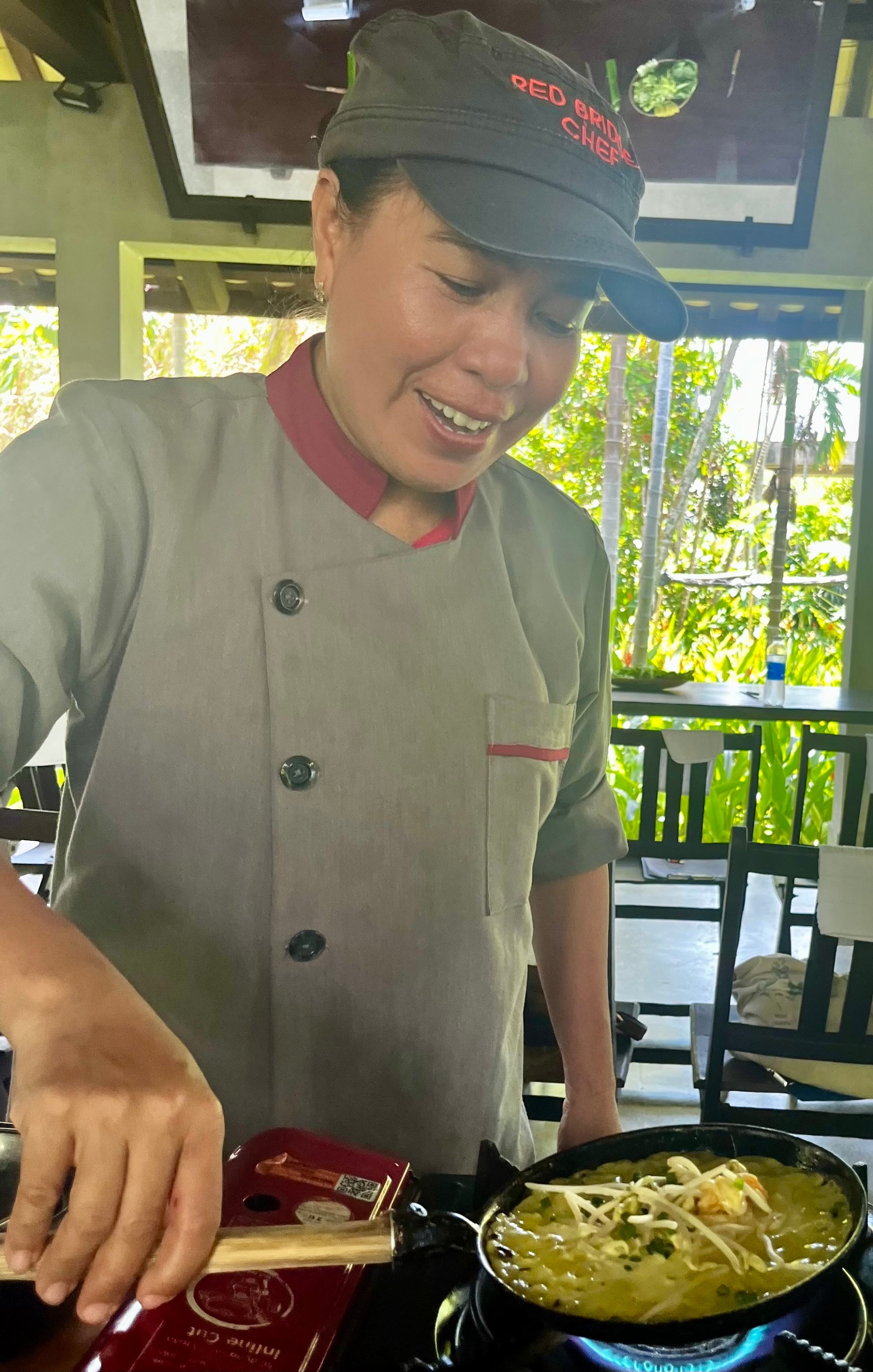
Mimi says the pancake is one of Hoi An’s signature dishes, which come with subtle influences from Japan, China and the West.
This prompts a mission to taste them all – but beware: evening crowds in the city’s Ancient Town, a Unesco-listed World Heritage site that blends wooden Chinese shophouses and French colonial buildings, can be overwhelming as tourists scramble to photograph the lantern-lit streets and boats. Some restaurants may require a wait, but patience will be rewarded.
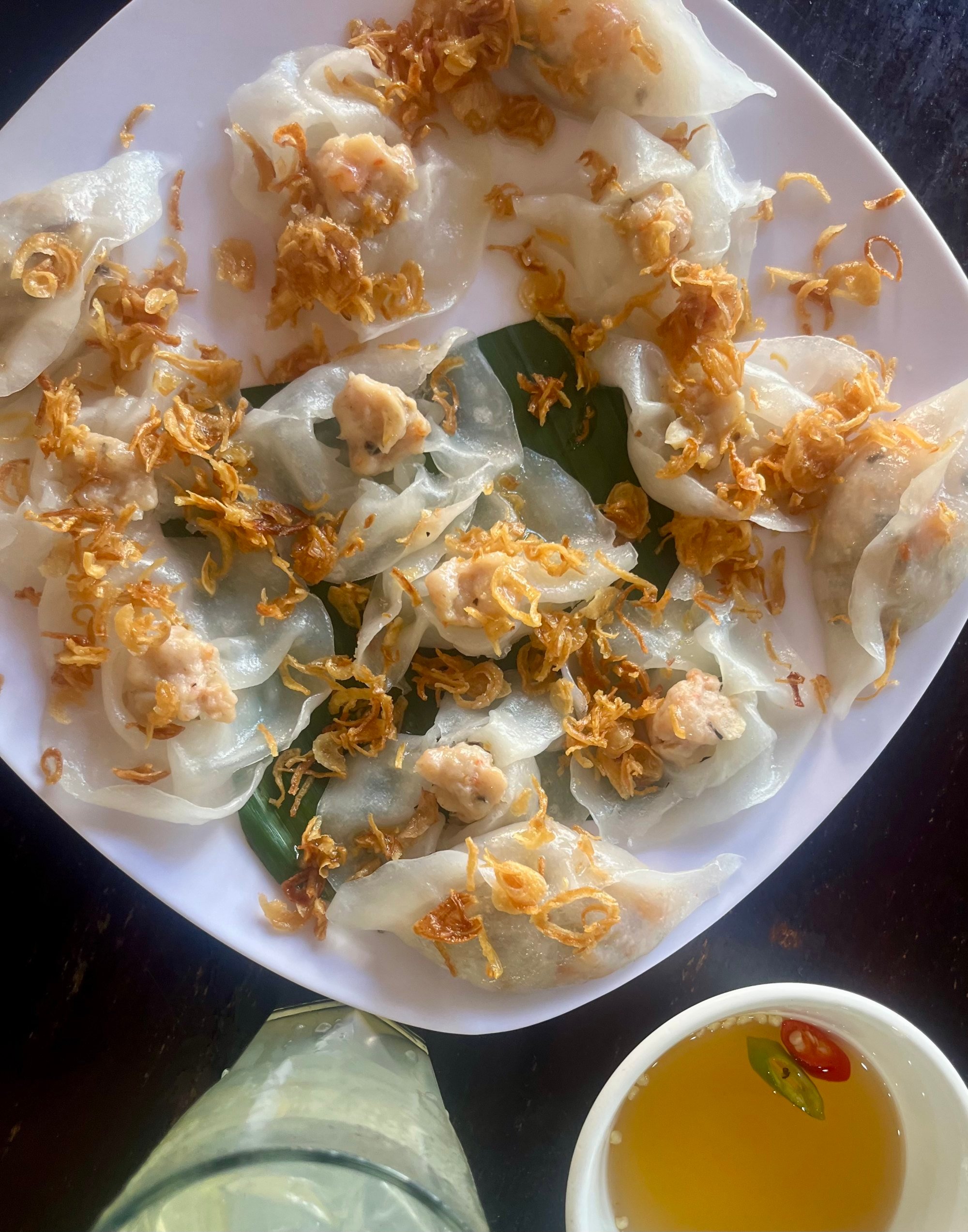
The following dishes were highlights of our visit to Hoi An:
1. White rose dumplings
These translucent rice paper pouches of joy, filled with pork or shrimp, and lightly steamed to create a crimped edge, are a regional speciality. While sold in restaurants all over Hoi An, white rose dumplings (banh bao banh vac) – named because they look like roses – are sourced from one place: the White Rose Restaurant.
Served with a fish sauce for dipping, and topped with crispy onion, the dumplings were a delight, if a tad oily. Watching a group of women at the back of the restaurant expertly roll their hearts out making them added to the experience. “We roll about 5,000 dumplings a day,” says one.
White Rose Restaurant, 533 Hai Ba Trung, Phuong Cam Pho, Hoi An, Quang Nam, Vietnam.
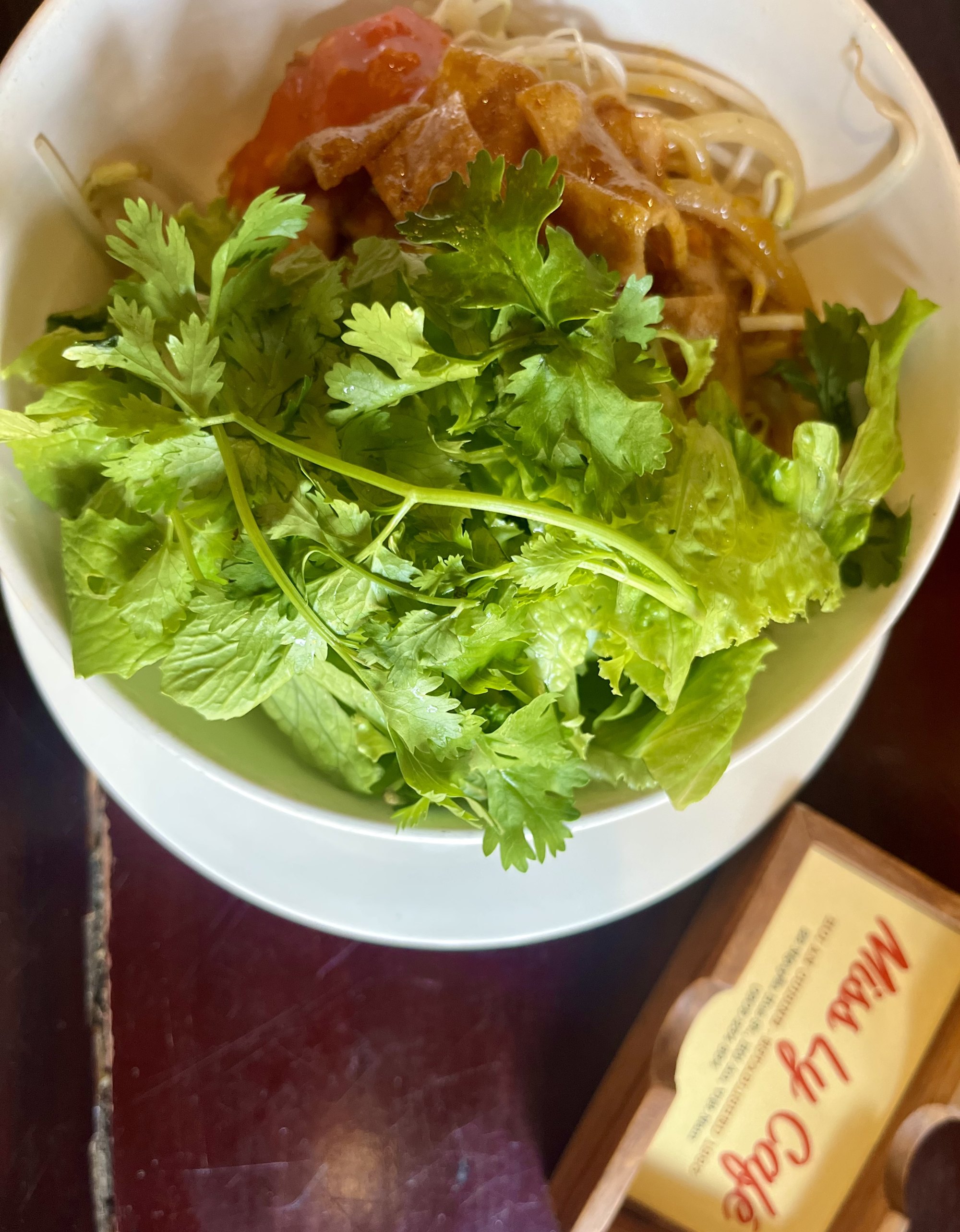
2. Cao lau
With wooden tables, gilded-edge windows and ceiling fans, Miss Ly Cafe oozes old-world charm, making it the perfect place to indulge in cao lau, the city’s most famous dish.
Apparently, cao lau is special because the noodles are made with calcium-rich water from the thousand-year-old Ba Le Well in the city, famed for its purity.
Miss Ly Cafe, 22 Nguyen Hue, Cam Chau, Hoi An, Quang Nam 560000, Vietnam.
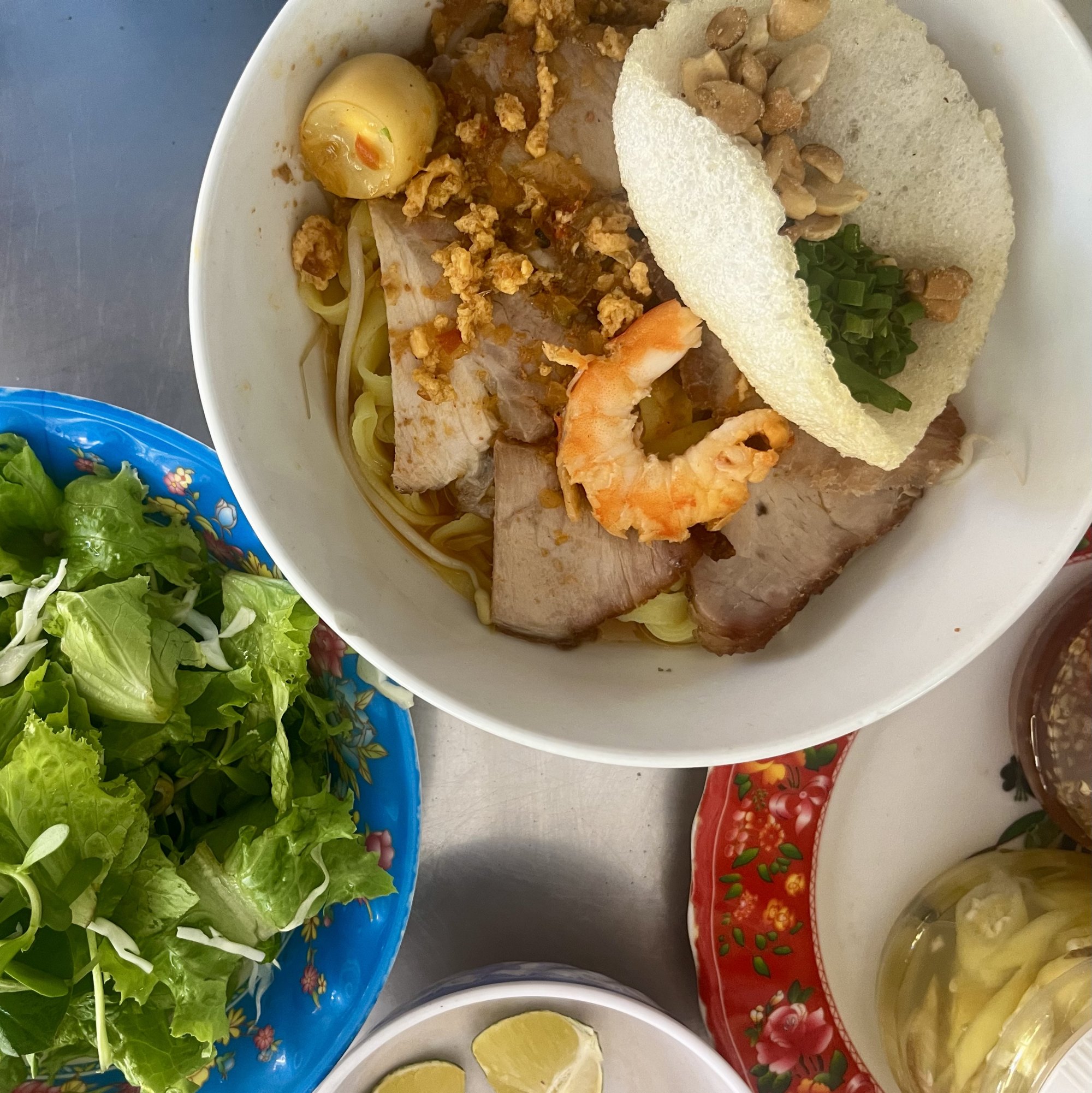
3. Quang noodles
Mi Quang Ong Hai – Mr. Hai Noodles was recommended as the best place for mi Quang (Quang-style noodles) which originated in Quang Nam province, of which Hoi An is a part.
The flat, chewy noodles, topped with pork, shrimp, quail egg and garnished with peanuts and a rice cracker, and washed down with a fresh passion fruit drink (chanh day tuoi), was a treat – and all for just 60,000 dong (US$2.50).
The unpretentious red plastic chairs, and wall calendar a day behind, says everything about this chilled restaurant located a few streets back from the old town.
Mi Quang Ong Hai – Mr. Hai Noodles, 6A Truong Minh Luong, Cam Chau, Hoi An, Quang Nam 560000, Vietnam.

4. Chicken rice
Served with a shredded green papaya and carrot slaw, and herby broth – “it’s mint, coriander and spring onion”, says the waitress – the boiled chicken was soft, the rice glossy, while chilli sauce that packs a punch is a must. With a bottle of water, the bill came to 55,000 dong.
Com Ga Ba Buoi, 22 Phan Chu Trinh, Phoung Minh An, Hoi An, Quang Nam, Vietnam.
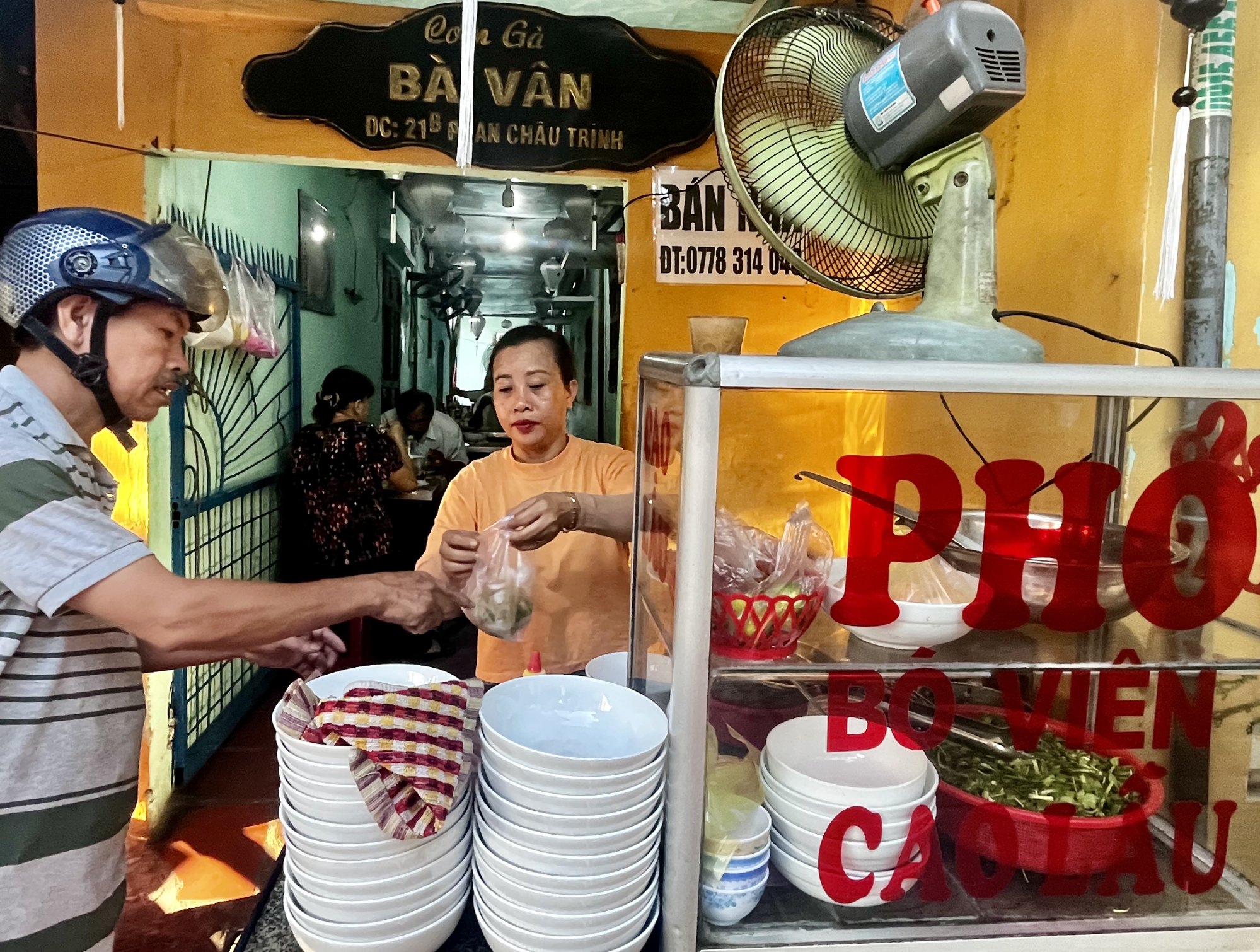
5. Pho
En route to a restaurant widely promoted on foodie sites, Com Ga Ba Van on the same street – super-busy but with not a tourist in sight – caught my eye, and I recited the mantra: “Always eat where the locals eat.” The pho’s broth was clear, the beef tender and the herby side salad daisy fresh – and all for just 40,000 dong.
Com Ga Ba Van, 21B Phan Chu Trinh, Phuong Minh An, Hoi An, Quang Nam, Vietnam.

6. Banh mi
Meaning “bread” in Vietnamese, banh mi is a popular street-food sandwich that can be traced to Saigon in 1954, after the French defeat at Dien Bien Phu, a battle that marked the end of colonialism in the country.
Just look for the huge queue fed by sandwich makers who reportedly sell up to 6,000 a day.
Banh Mi Phuong, 2B Phan Chu Trinh, Cam Chau, Hoi An, Quang Nam 560000, Vietnam
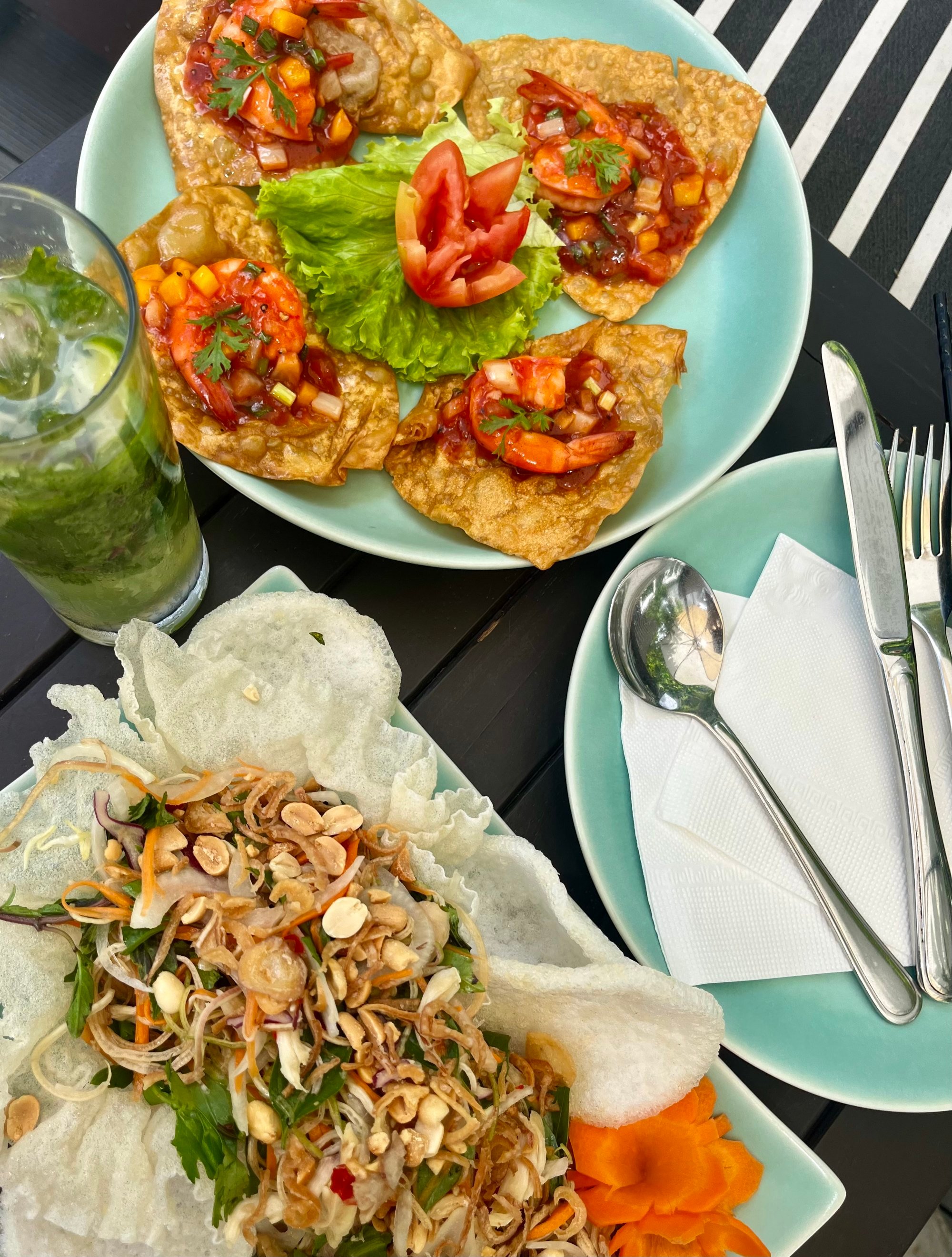
7. Deep fried wontons
Another dish popping up on menus around the city is deep fried wontons (hoanh thanh chien), and one of the best places to try it is the Anio Boutique Hotel – a four-star delight that is a taxi ride away from the Ancient Town and An Bang Beach.
Best enjoyed by the pool, the wontons were topped with fresh shrimp and sweet and sour mango salsa. If you need tips on where to eat in Hoi An, the hotel’s receptionist, Mrs Hieu, is happy to share her vast foodie knowledge.
Anio Boutique Hotel, 03 Le Dinh Tham, Cam Son, Hoi An, Quang Nam, Vietnam.
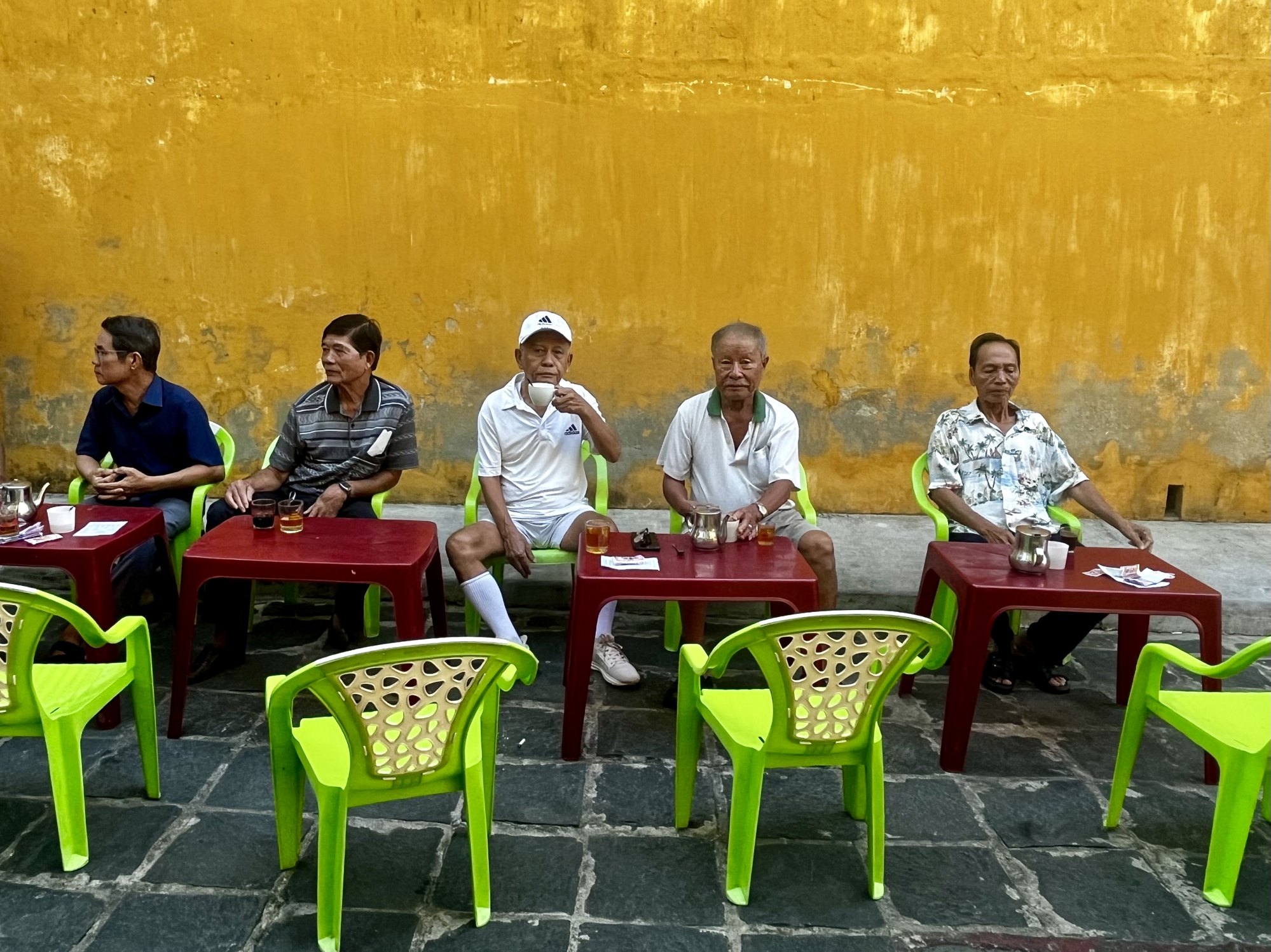
8. Liquid assets
Coffee is serious business in Vietnam – it is the second-largest exporter in the world – and caffeine heads cannot leave Hoi An without a cup of Vietnamese coffee, served hot or cold, with or without condensed milk.
Also popular is Mot Hoi An, a traditional herbal drink mainly comprising lime and lemongrass but also including licorice, jasmine, chrysanthemum, lotus leaf and ginger. The city also boasts a heap of stalls selling fresh fruit juices and smoothies.
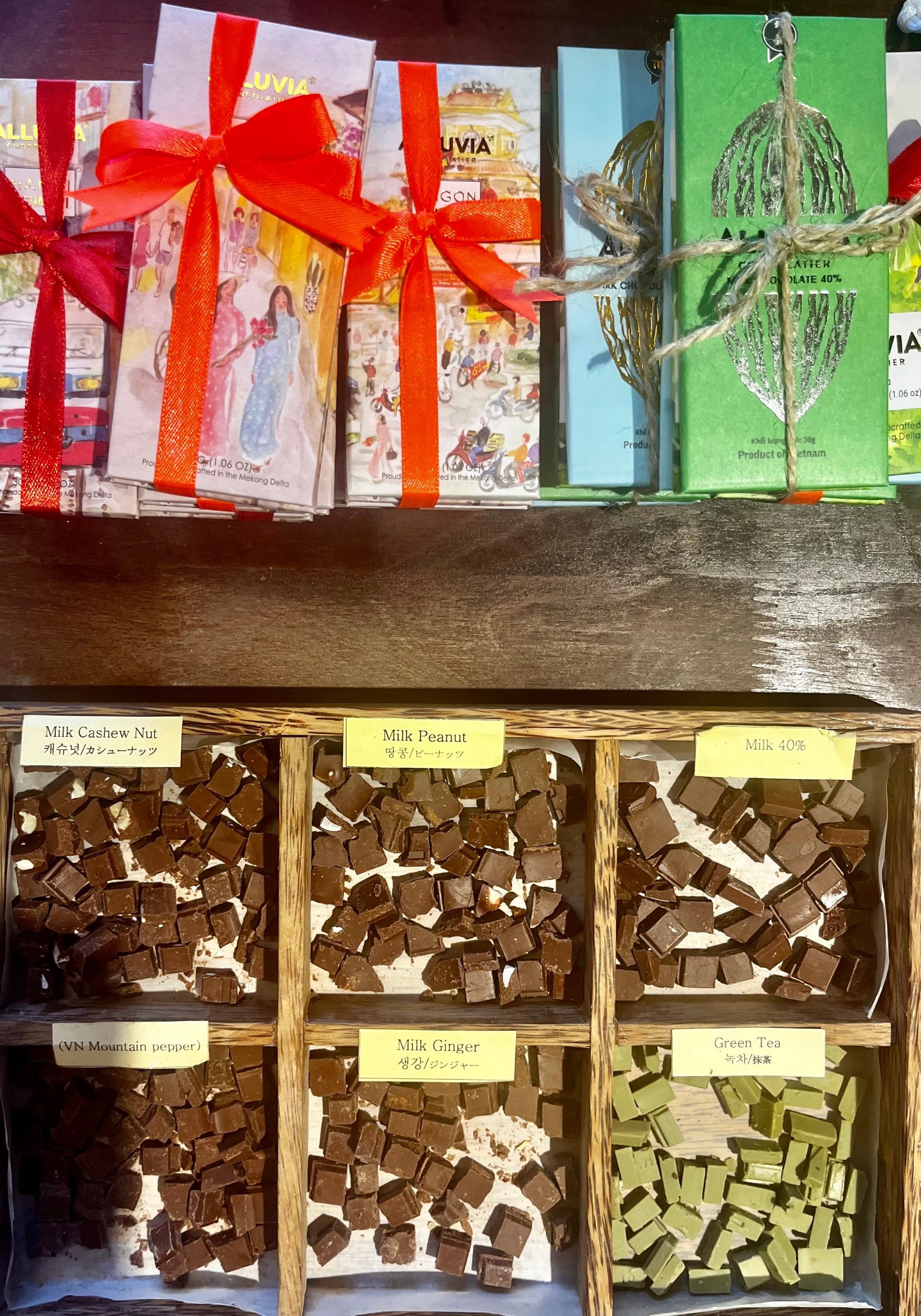
9. Something sweet
Mango cake (banh xoai) is a popular street snack but do not be fooled: these sticky rice balls only get their name because they are shaped like a mango seed. Inside are crushed nuts with brown sugar.
Chocolate lovers are also in luck. Alluvia is a Vietnamese bean-to-bars chocolate maker whose wares are sold throughout the city, the name a nod to the alluvium-rich Mekong soil which helps give the brand’s cocoa beans their distinctive fruity flavour. Look out for chocolate-making classes.

